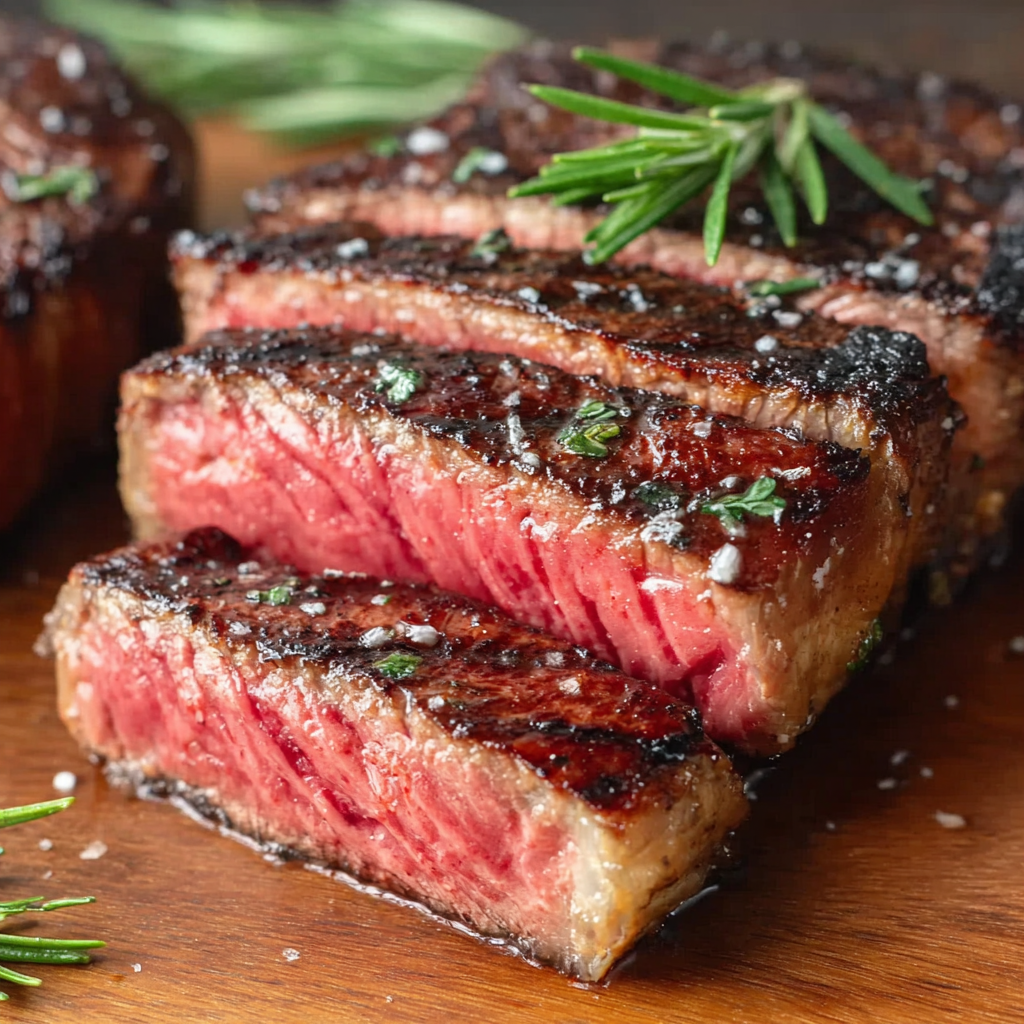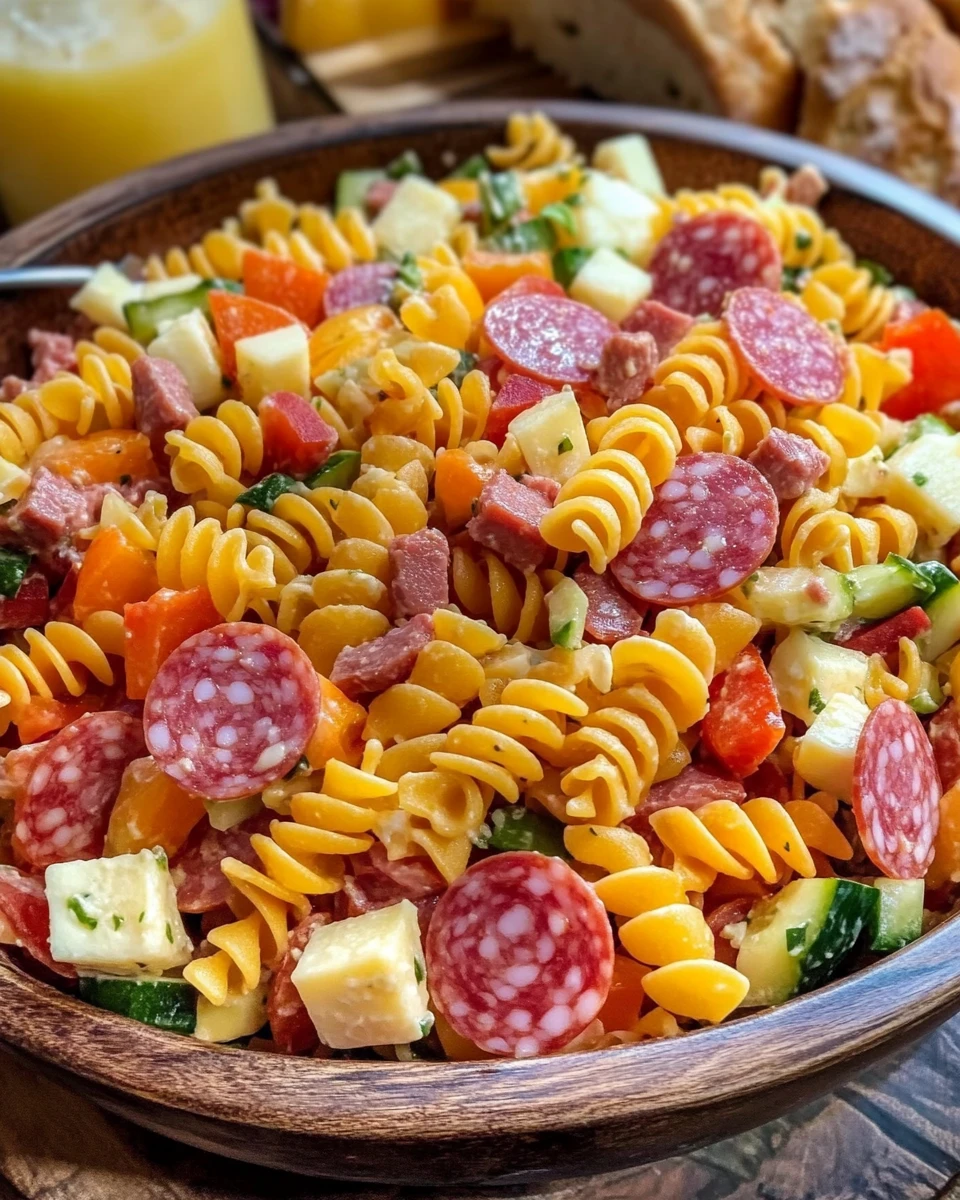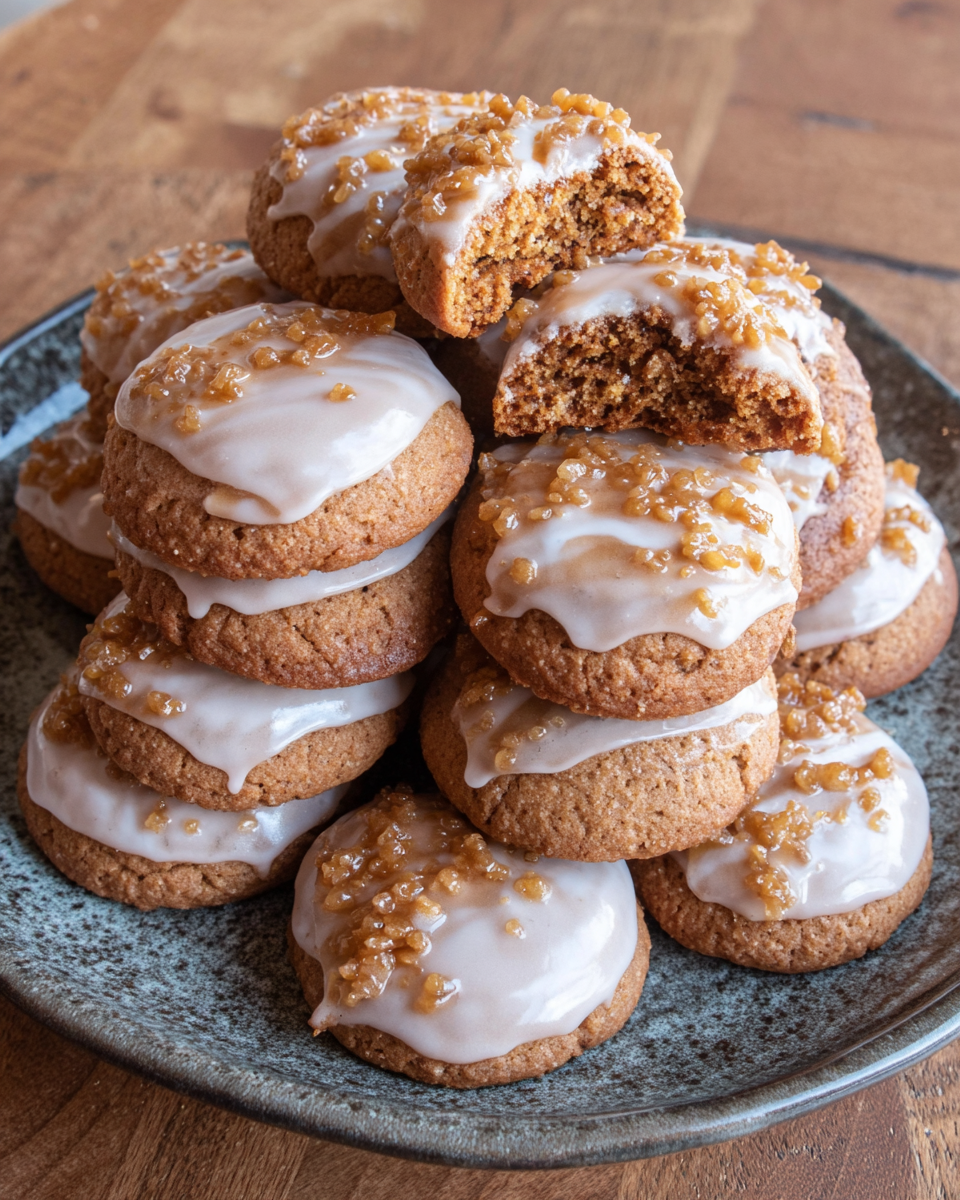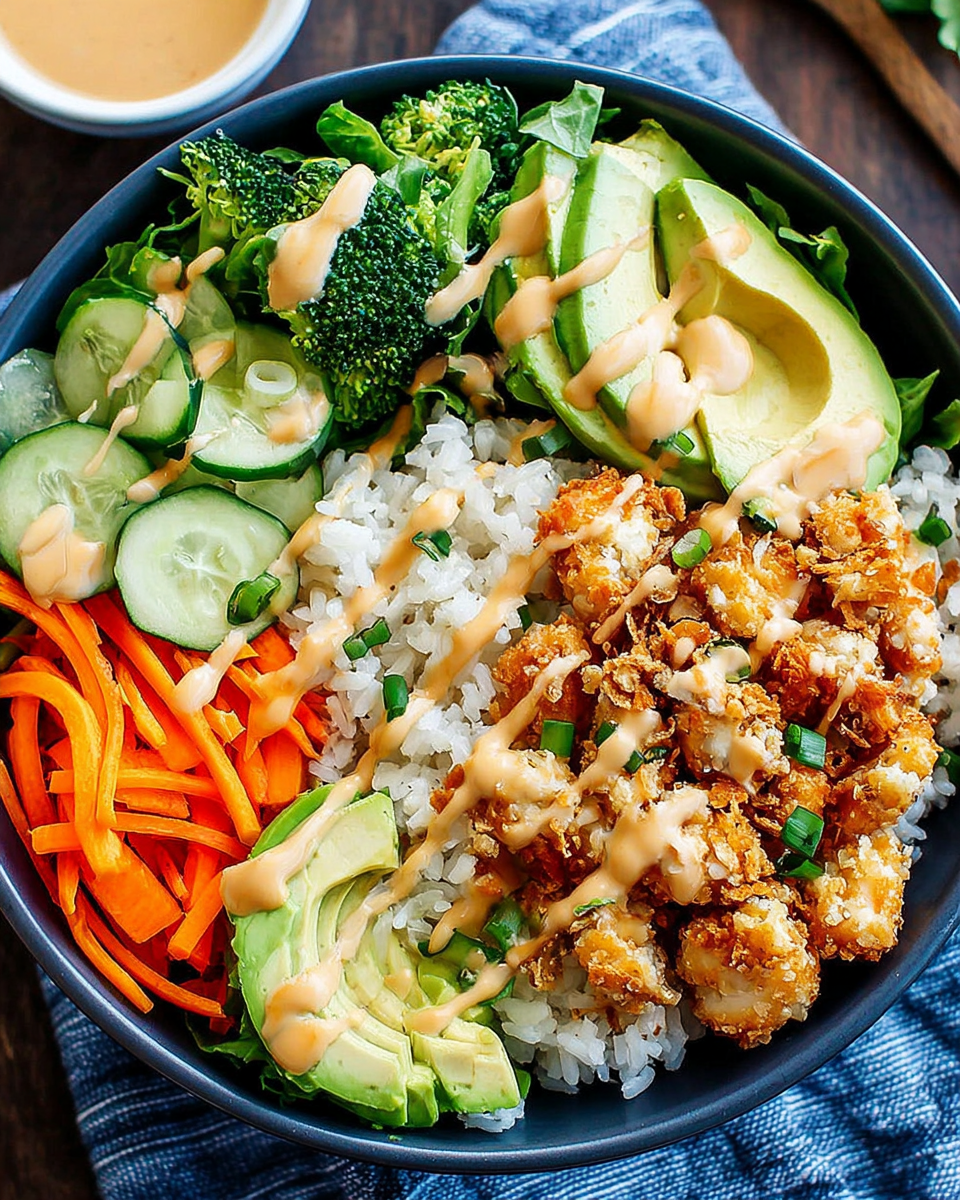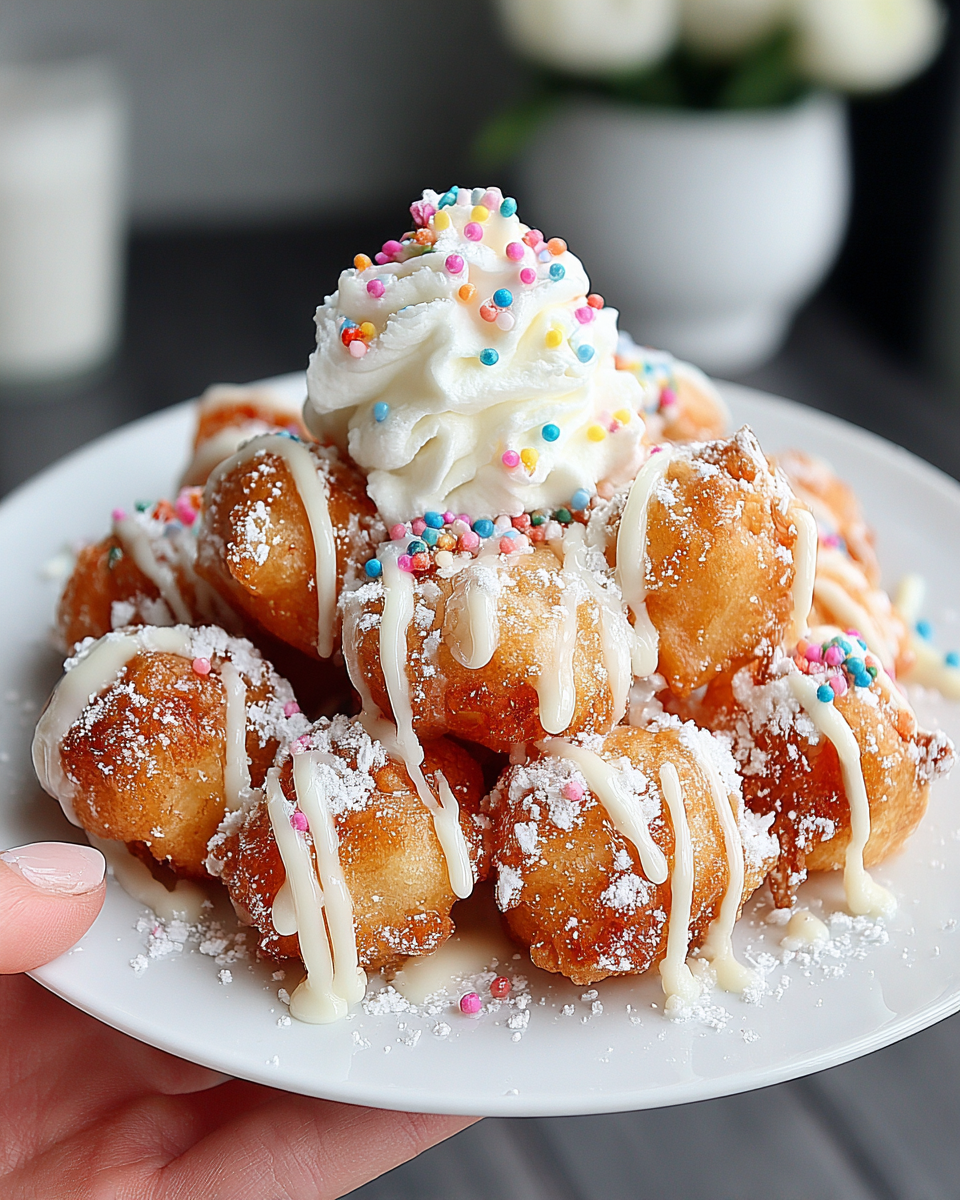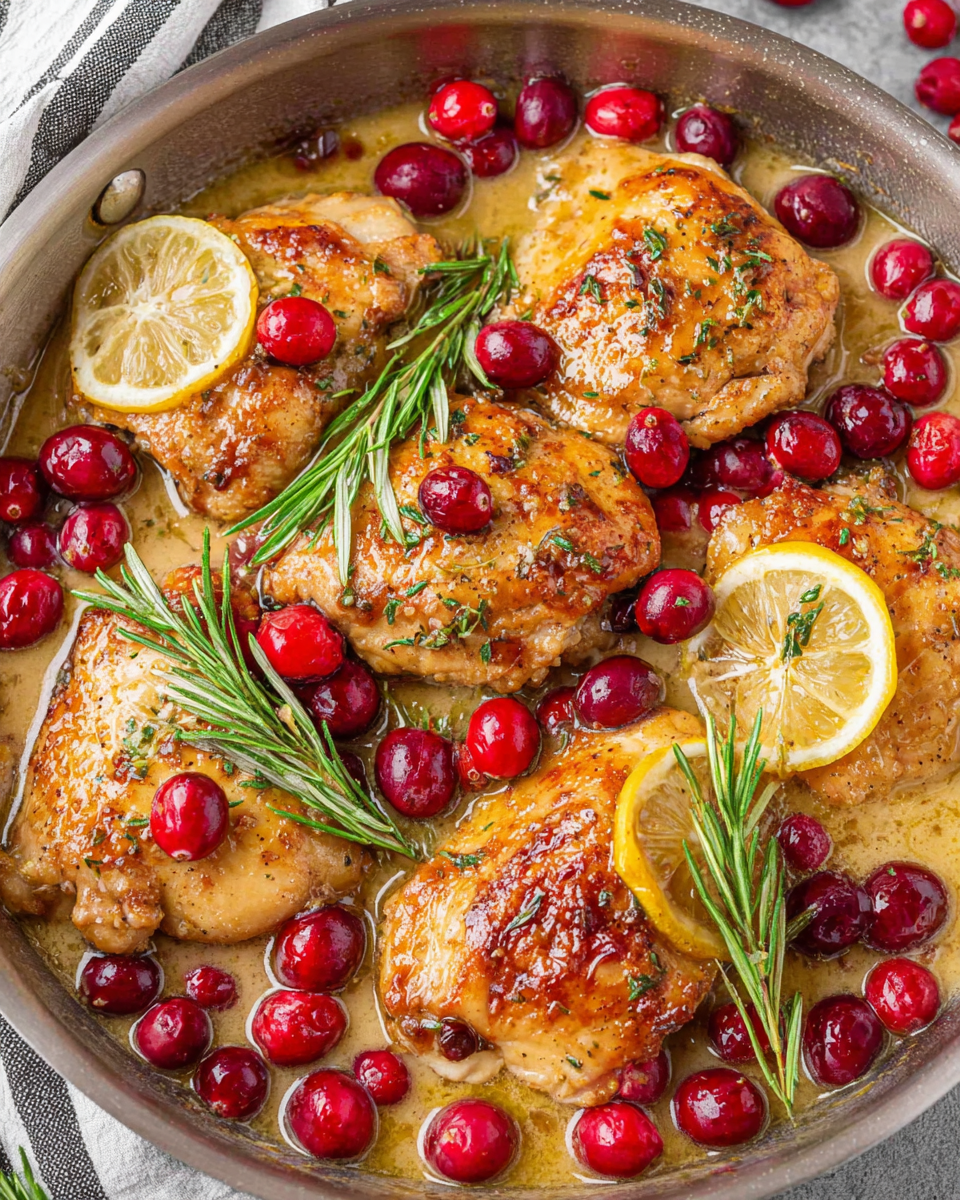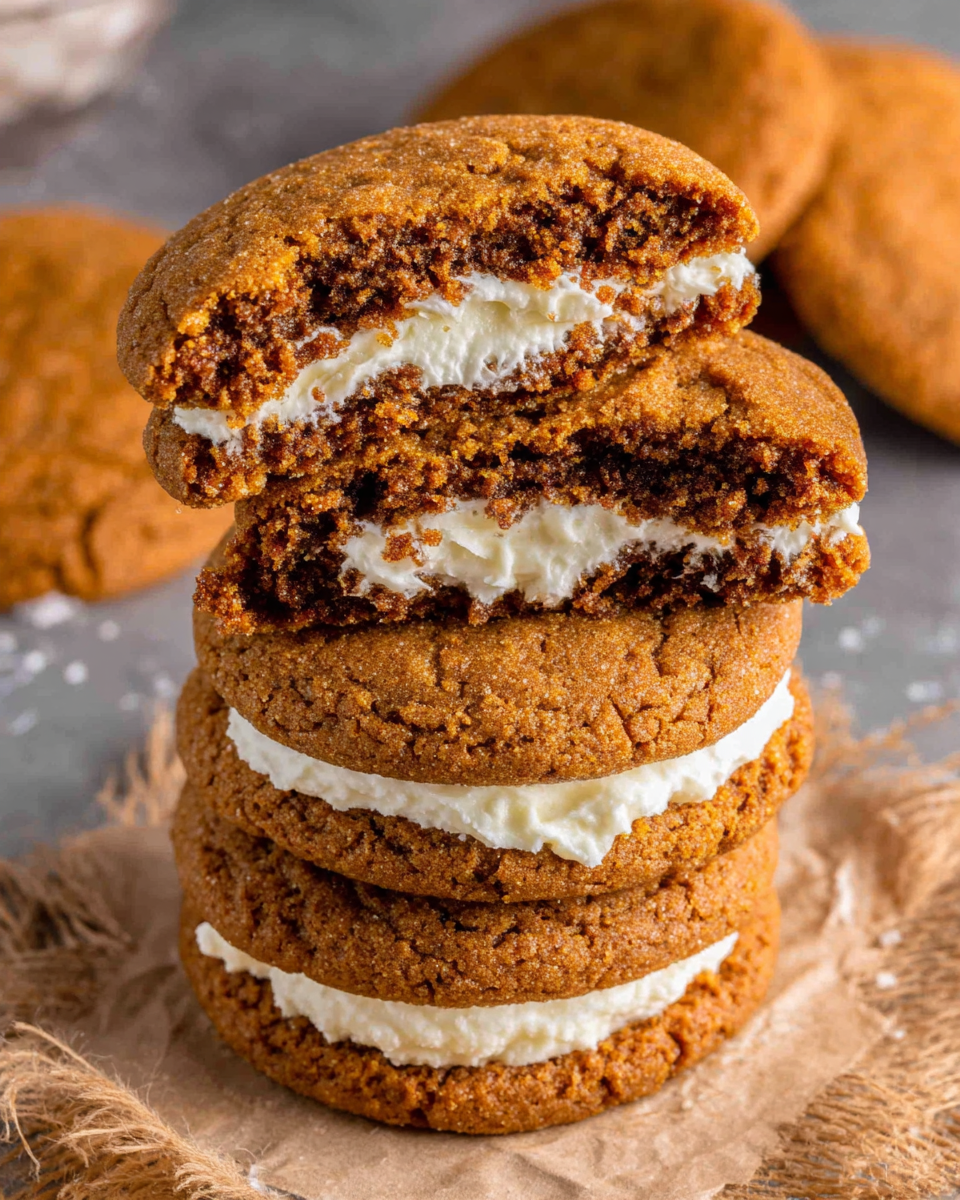Introduction
Ribeye steak is renowned for its rich flavor and spectacular tenderness. This cut comes from the rib section of the cow, which ensures a balance of marbling and lean meat, making it one of the most sought-after choices for steak lovers.
Cooking ribeye at home can transform any meal into a memorable feast. With the right technique and care, you can achieve a steak that is juicy, flavorful, and perfectly cooked, right from your kitchen. In this article, we will explore how to unlock the full potential of ribeye steak.
Ingredients
- 2 ribeye steaks (1.5 inches thick)
Choosing steaks with good marbling ensures they stay juicy and flavorful during cooking. A thicker cut retains heat better, making it easier to achieve the desired doneness. - Salt (to taste)
Salt enhances the natural flavor of the beef and helps to create a delicious crust. It's best to season the steaks well before cooking to allow the salt to penetrate the meat. - Freshly ground black pepper (to taste)
Black pepper adds a depth of flavor and a slight heat to the steak. Freshly ground pepper provides a more intense flavor than pre-ground options. - 2 tablespoons of olive oil
Olive oil prevents the meat from sticking to the pan and aids in achieving a perfect sear. It also adds a subtle richness to the flavor profile of the steak. - 2 sprigs of fresh rosemary or thyme
Herbs like rosemary and thyme complement the savory notes of ribeye. Adding them during cooking infuses the steak with aromatic flavors that elevate the dish. - Butter (optional, for basting)
Basting with butter toward the end of cooking adds richness and enhances the steak’s flavor. It also helps achieve a beautiful, golden crust.
Directions & Preparation
Step 1: Remove the steaks from the refrigerator and bring to room temperature.
Allowing the steaks to reach room temperature ensures even cooking throughout the meat. A cold steak placed directly onto a hot grill or pan can lead to an uneven cook, with the exterior becoming overdone while the interior remains rare.
Step 2: Season the steaks generously with salt and pepper.
Coating the steaks in a generous amount of salt and freshly cracked black pepper not only enhances flavor but also aids in developing a crusty exterior when cooked. Allow the seasoned steaks to sit for at least 30 minutes to 1 hour, letting the salt penetrate and enhance the meat.
Step 3: Heat a cast-iron skillet or grill over high heat until very hot.
Preheating the cooking surface ensures a great sear, vital for developing flavors through the Maillard reaction. If the pan isn’t hot enough, the meat can stew rather than sear, resulting in a less desirable texture.
Step 4: Add olive oil to the hot skillet.
Adding olive oil creates a non-stick surface and raises the temperature of the oil, allowing for an excellent crust on the steak. The oil should shimmer but not smoke; if it smokes, it’s too hot, which can give the steak an off-flavor.
Step 5: Place the ribeye steaks in the skillet and sear for 4-5 minutes on one side.
Searing creates a beautifully browned crust and locks in juices, making each bite flavorful. Avoid moving the steaks too much during this time; let them develop a solid sear before flipping.
Step 6: Flip the steaks and cook for another 4-5 minutes for medium-rare.
Cooking times can vary based on steak thickness and heat level. The internal temperature should read around 130-135°F (54-57°C) for medium-rare. Use a meat thermometer for accuracy rather than the timing alone.
Step 7: Add herbs and butter to the pan for basting.
Basting enhances flavor and keeps the meat juicy. Tilt the pan slightly and use a spoon to scoop up the melted butter and herbs, spooning it over the steak to add richness.
Step 8: Remove the steaks and let them rest for at least 5-10 minutes.
Resting allows juices to redistribute within the meat, which means less juice runs out when cut. This step is crucial for maintaining a juicy, tender ribeye steak.
Step 9: Slice against the grain and serve.
Cutting against the grain shortens the muscle fibers, making each bite tender and easy to chew. Serve with your favorite sides or a simple salad for a complete meal.

The Importance of Quality Ingredients
When it comes to ribeye steak, quality matters significantly. A well-marbled ribeye will yield a progressively juicier and more flavorful meal. Sourcing high-quality beef from trustworthy suppliers ensures you get a cut that retains its moisture and flavor during cooking, making a world of difference in the final dish.
Understanding Cooking Temperatures
Achieving the perfect doneness is essential for a steak like ribeye. Familiarize yourself with the ideal temperatures: 120-125°F for rare, 130-135°F for medium-rare, and 140-145°F for medium. Investing in a reliable meat thermometer takes the guesswork out of cooking and helps you serve your steak exactly as you like it.
Pairing Suggestions for Ribeye
Ribeye pairs wonderfully with a variety of sides and wines. Consider serving it with creamy mashed potatoes, sautéed vegetables, or a robust arugula salad. For wine, a full-bodied red like Cabernet Sauvignon complements the rich flavors of the steak, enhancing your overall dining experience.
FAQs
What should I do if my steak is overcooked?
If your steak is overcooked, there isn't much that can be done to reverse the doneness. However, you can slice it thinly and serve it with a rich sauce or gravy to help add moisture and flavor.
Can I use the oven instead of a skillet?
Yes, you can sear the ribeye in a skillet, then transfer it to a preheated oven at 400°F (200°C) to finish cooking. This method helps achieve an even cook while retaining juiciness.
Why is my ribeye steak tough?
Toughness can occur due to overcooking or not allowing the meat to rest before slicing. Always ensure to cook to the appropriate doneness and rest the meat adequately.
What if I can’t find fresh herbs?
Dried herbs can be a great substitute; use one-third the amount of dried compared to fresh. However, for best flavor, fresh herbs are recommended when available.
How do I know when my ribeye is done?
Using a meat thermometer is the most reliable method. For medium-rare, aim for an internal temperature of 130-135°F (54-57°C).
Can I grill my ribeye instead of pan-searing?
Absolutely! Grilling ribeye can impart a wonderful smoky flavor. Preheat your grill and follow the searing times similarly to those for a skillet.
Conclusion
Cooking ribeye steak at home can be incredibly rewarding, transforming any meal into a special occasion. With the right technique and attention to detail, you can yield a steak that rivals any fine dining experience.
Remember that quality ingredients, proper seasoning, and letting your meat rest are key to achieving the perfect ribeye. Enjoy the process, and savor each juicy bite!
Recipe Card
Delightful Funnel Cake Bites in the Air Fryer
Ingredients
- 1 cup all-purpose flour
- 2 tablespoons granulated sugar
- 1 teaspoon baking powder
- 1/2 teaspoon vanilla extract
- 1 large egg
- 3/4 cup milk
- Powdered sugar for dusting
Instructions
- Preheat your air fryer to 375°F (190°C).
- In a mixing bowl, combine flour, sugar, baking powder, and salt.
- In another bowl, whisk together the egg, milk, and vanilla extract.
- Pour the wet mixture into the dry ingredients and stir until just combined.
- Use a piping bag or a ziplock bag with a corner snipped off to pipe the batter into the air fryer.
- Cook for 5-7 minutes, checking for golden brown color.
- Remove the bites from the fryer and dust with powdered sugar before serving.
Notes
Additional serving suggestions: pair with a crisp salad, garlic bread, or roasted seasonal vegetables for balance.
For make-ahead, prep components separately and assemble just before heating to preserve texture.
Taste and adjust with acid (lemon/vinegar) and salt right at the end to wake up flavors.
